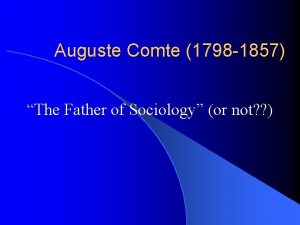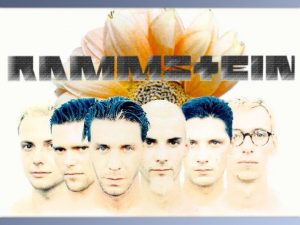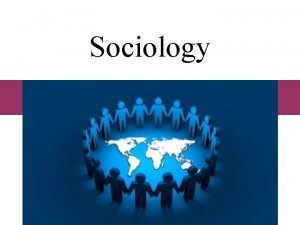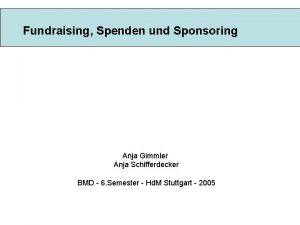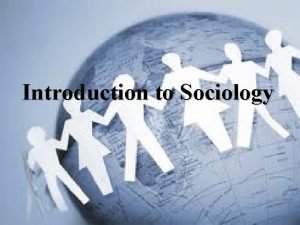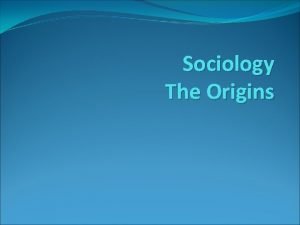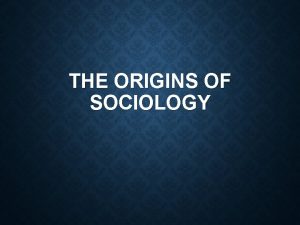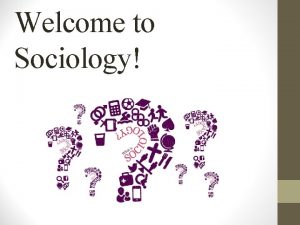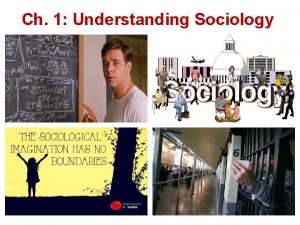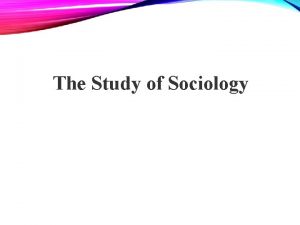Why social representations Anja KoskiJnnes Department of Sociology













- Slides: 13

Why social representations? Anja Koski-Jännes Department of Sociology and Social Psychology University of Tampere IMAGES AND CONCEPTS OF ADDICTION 2 nd Consortium Meeting Helsinki, 12 -14 November 2007 A K-J 12. 11. 2007

Social representations § introduced by Serge Moscovici § refer to lay theories of phenomena that are important to us § concerns systems of values, ideas and practices that § serve two kinds of functions: § by removing the mysterious edge from new phenomenona they bring order and manageability to our world § they facilitate communication A K-J 12. 11. 2007

Who is Serge Moscovici? § § born 1928 in a Jewish family in Romania lived in France since 1948 a French social psychologist Thesis La psychanalyse, son image, et son public (1961) § currently the director of the Laboratoire Européen de Psychologie Sociale ("European Laboratory of Social Psychology") § which he co-founded in 1975 at the Maison des Science de l’homme A K-J 12. 11. 2007

How psychoanalysis was appropriated by the French society? § Initially a disturbing and confusing new phenomenon – a medical treatment without medication? § Focus of thesis: how catholic, communist and urban liberals related to psychoanalysis § In a catholic context it was connected with confessing and father confessors, but its sexual aspects were rejected § commmunists saw it as a tool of the imperialist forces and therefore rejected it § urban liberals were the only group that approached it with curiosity and accepted its basic tenets because it fit with their previous knowledge base § A more general interest in how ideas of science are appropriated by common people and the nonspecialists A K-J 12. 11. 2007

Collective and social representations § Emile Durkheim: collective representations § myths, traditions, legends, science, religion etc. § § § static independent of unique individuals were used to explain the life of a society § Moscovici: Social reepresentations § those concepts, images, and theories that we create of our changing world § folk beliefs or systems of belief about common objects § dynamic, interest in the evolving nature of representations § that require explanation as themselves A K-J 12. 11. 2007

Social representations vs. information processing or social constructionist approaches § SR are not only cognitive or linguistic phenomena § they highlight also the symbolic, emotive and social aspects of how people make sense of their world § interest in socially shared rather than individual ways of understanding § SR approach appreciates also the importance non-verbal material in the study of human psyche (Joffe 2002) A K-J 12. 11. 2007

Main processes in forming social representations § anchoring - naming and classifying a new object in one’s previous body of knowledge § e. g. psychoanalysis was anchored to confession in a catholic context § objectification – a process of filling a new phenomenon with familiar images by giving it an iconic form § personification as one form of objectification § e. g. theory of relativity is personified by Albert Einstein § naturalisation – how new concepts turn to a part of the natural order and start to live a life of their own A K-J 12. 11. 2007

Methods of study in SR studies § highly variable § focus groups, surveys, interviews, drawings, free associations, media analysis, etc. § § § methodological triangulation historical & developmental approaches cultural and subcultural comparisons A K-J 12. 11. 2007

Study of cultural variation in social representations § different cultures and subcultural groups have different resources of ideas and imagery to draw upon when forming a social representation of something § therefore they also create somewhat different objectifications of the same concepts § they may also anchor them to different conceptual frameworks A K-J 12. 11. 2007

Examples of related applications § representations of health (Flick et al. 2002) § how everyday or professional knowledge is informed by stocks of knowledge from science or a specific theory § identified cultures of knowledge among physicians and nursers § § representations of AIDS (Crawford 1994) § represesentations of mental illness (Foster 2001) § central aspects of unified ’mental illness’: unpredictability, permanency, violence and Otherness § some differentiation to mental ilnesses A K-J 12. 11. 2007

Preliminary trial with Finnish interviewees (SINR; Koski-Jännes et al. 2005) § the core of addiction was typically anchored in the physical effects of hard drugs and § objectified with such concepts as “hooks”, “heavenly effects”, which made them very difficult to change. § the psychological aspects of addiction were not seen to be linked to any neural basis at all § thus non-chemical addictions were regarded as enormously easy to change § representatives of different professional groups perceived the possibilities of recovery in widely differing ways § there were large crosscultural differences in views concerning possibilities of self-change A K-J 12. 11. 2007

Images and/or social representations? § Images form a part of social representations § they are displayed in the objectified iconic aspects SR § particularly in professional contexts anchoring in the form of classification of addiction is of more importance § therefore we prefer to use SR in the survey and interview studies A K-J 12. 11. 2007

References § Foster, J. (2001) Unification and differentation: A study of the social reporesentations of mental illness. In Papers on Social Representations 10, 3, 1 -18. § Joffe, H. (2002) Social representations and health psychology. In Social Science Infromation 41, 559 -580. § Koski-Jännes, A. , Vainionpää, J. & Haapamäki, L. (2005) Paving the way for change-related optimism in addictions. Dependence as a “social representation” and how to make more permeable for selfchange processes. Paper presented at the First International Working Group Meeting of the Collaborative SINR Project, St. Peter’s Island, Erlach, Switzerland, September 18 -21, 2005. § Moscovici, S. (1961/1976) La psychanalyse, son image, son public, University Presses of France. § Moscovici, S. (1981) On Social representations. In J. Forgas (Ed. ) Social Cognition. European monographs in Social Psychology, 26. Academic press, London. § Pirttilä-Backman A-M ja Helkama K (2001) Serge Moscovici: Sosiaaliset representaatiot. Teoksessa V. Hänninen, O-H. Ylijoki ja J. Partanen (toim. ) Sosiaalipsykologian suunnannäyttäjät. Vastapaino, Tampere, 253 -274. . A K-J 12. 11. 2007


